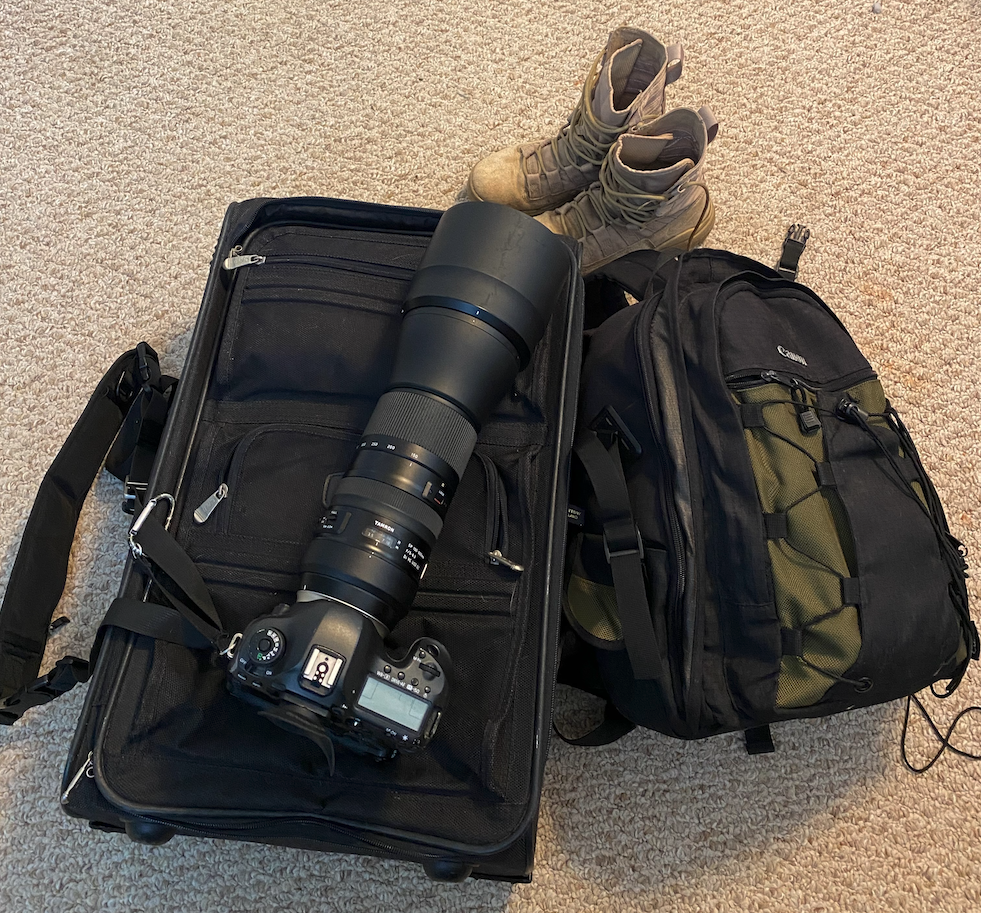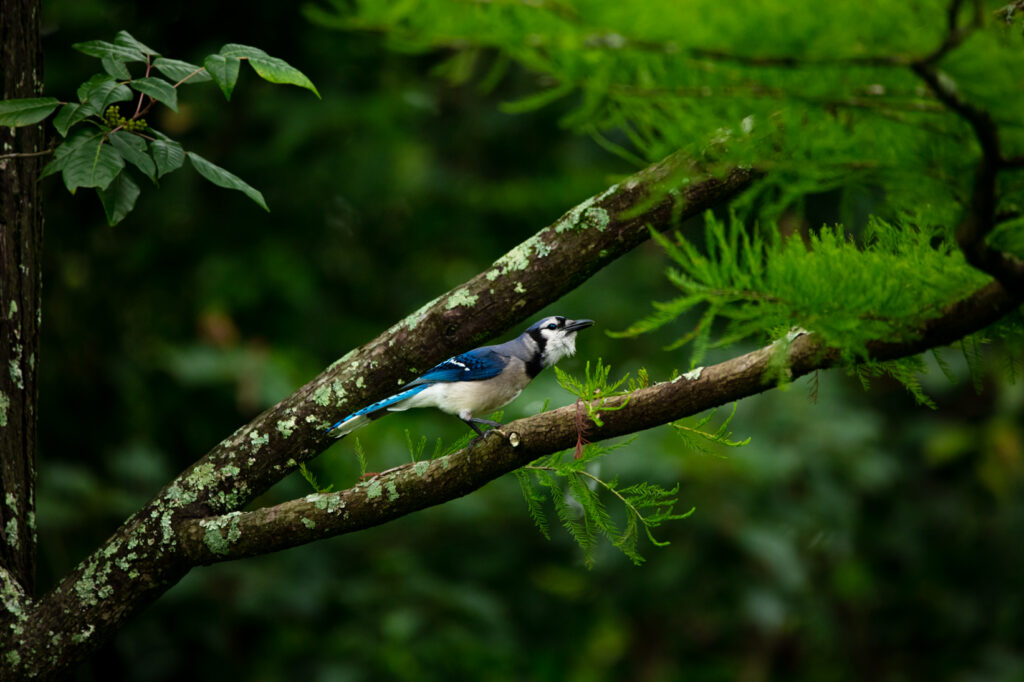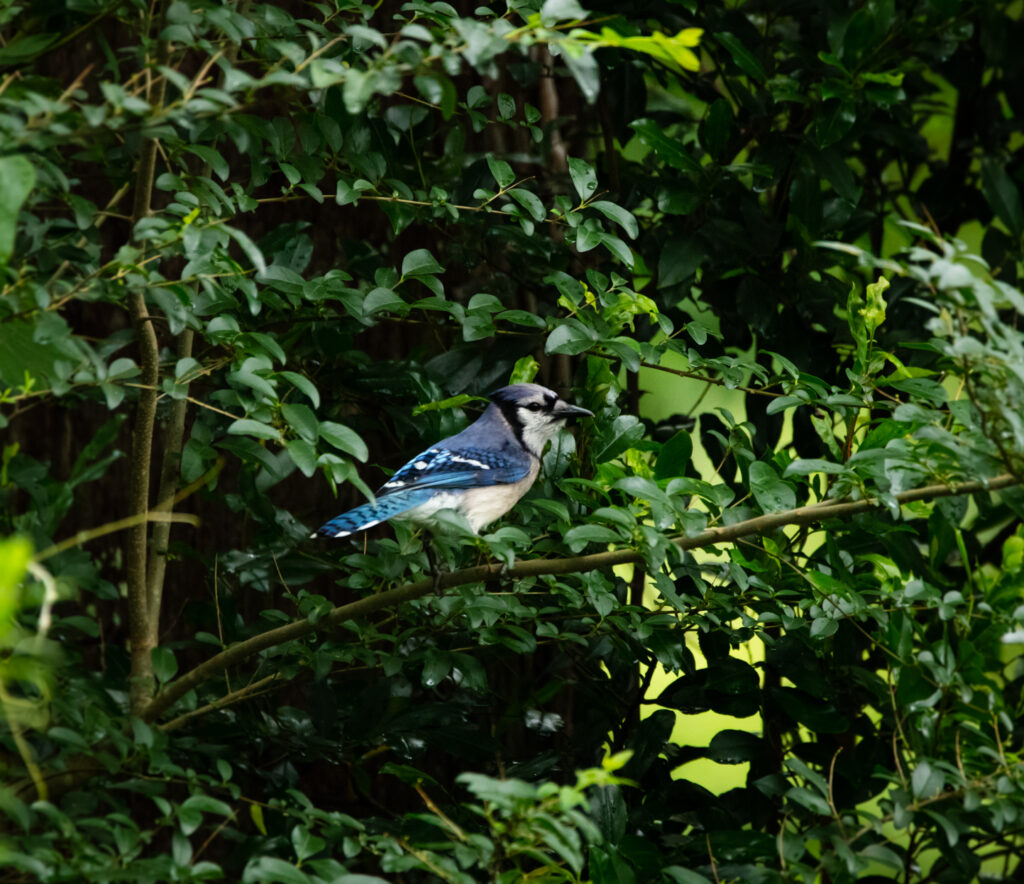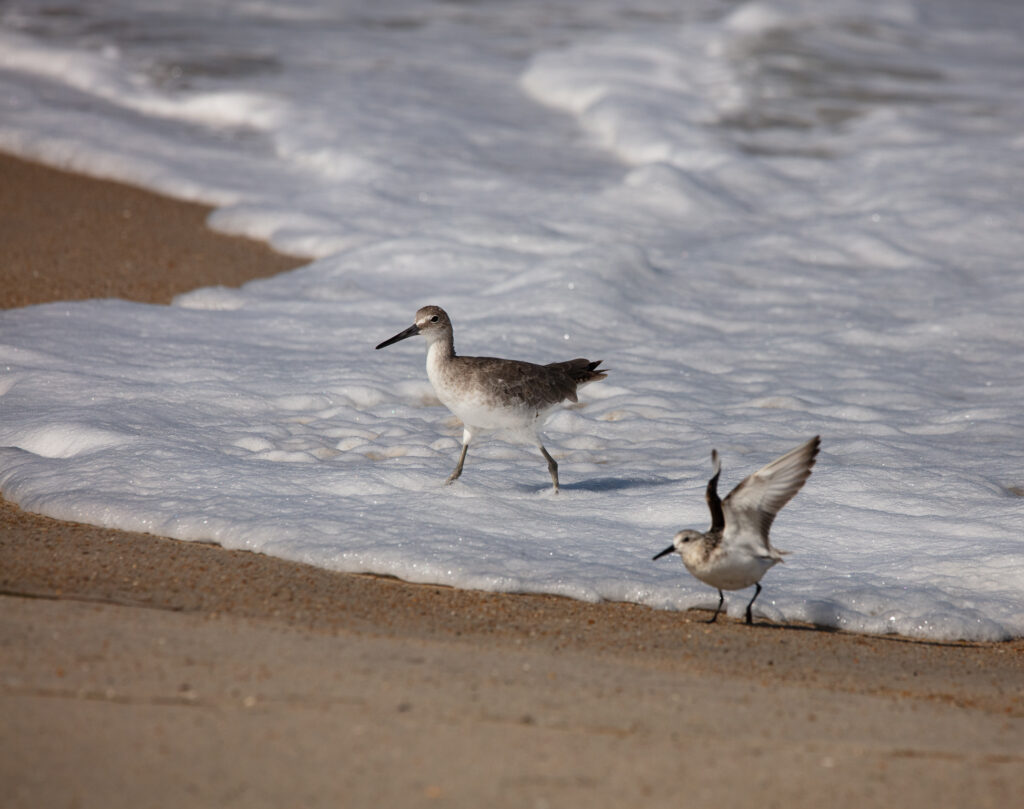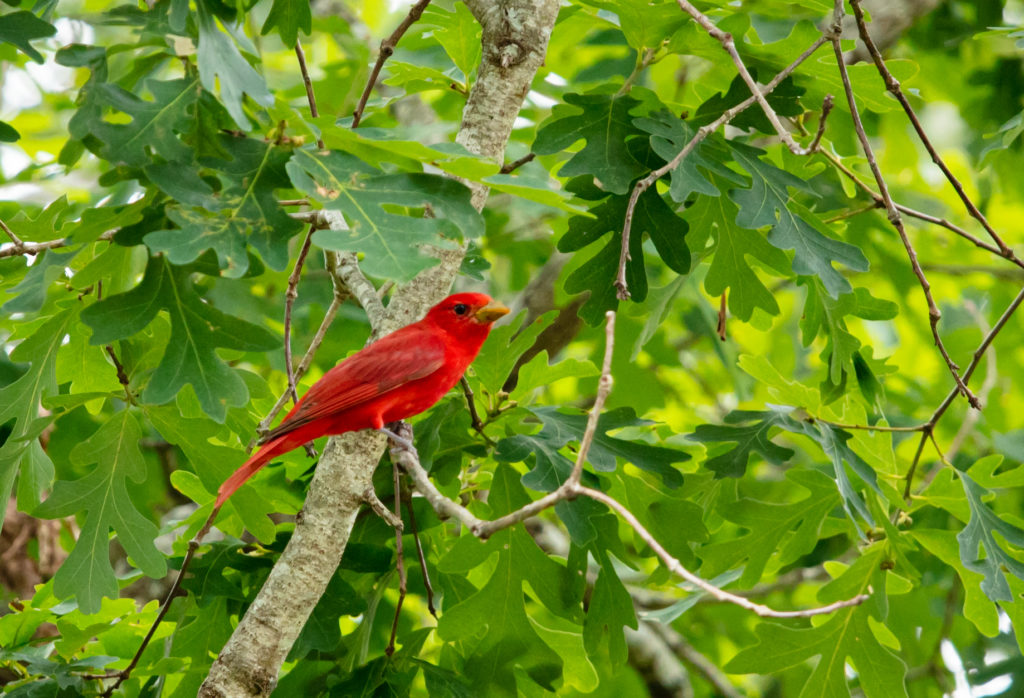One of my favorite birds to see when visiting the coast are the American Oystercatchers.
With those bright orange eyes and red bill set off by that gorgeous brown, black and white plumage they’re one of the sharpest looking birds on the beach.
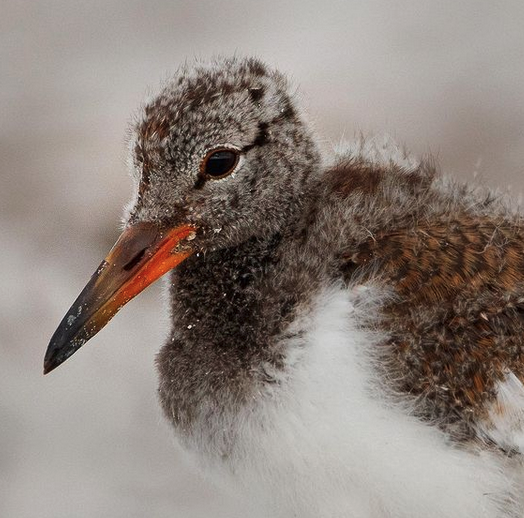
I was happy to see a couple of chicks zipping around the dunes and was pleased when one of the little ones stopped running long enough for me to grab a quick portrait.
Isn’t he cute?
🙂
American Oystercatchers are a year round resident of North Carolina. During the summer months they are found nesting in our dunes.
Although the breeding birds are a familiar sight along our beaches (like this one on Wrightsville) they’re most often spotted hunting for a meal in coastal areas where oysters are present such as on sandbars, tidal mudflats and along the rocky areas near jetty’s.






Oystercatchers feed almost exclusively on shellfish and other marine invertebrates including mussels and clams of many varieties, limpets, sea urchins, starfish, crabs, worms and of course oysters (shocking, yes I know haha!).
One of the most striking feature of these handsome birds is that bright red bill.
More than just a pretty facial feature, it’s actually the key tool they use for getting a meal.
Wading through shallow waters over oyster beds, they’ll locate the oysters which are partially open. Once they spot one, they’ll stab at it, inserting their long knife-like bills into a mussels partially open shell, quickly severing the powerful adductor muscles before the shells can close.
Then in proper ‘raw bar fashion, down the hatch the soft parts go.
Makes me wonder if they ever have a hankering for a beer to wash it all down with lol!
Photos by @sally_siko of @birdwatching_nc on the full frame beast of an SLR, the mighty @canonusa
#5Ds





